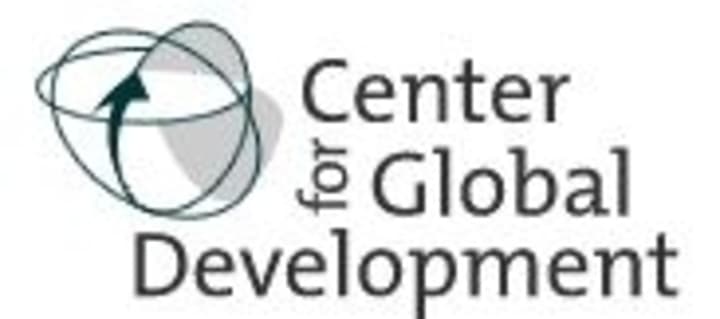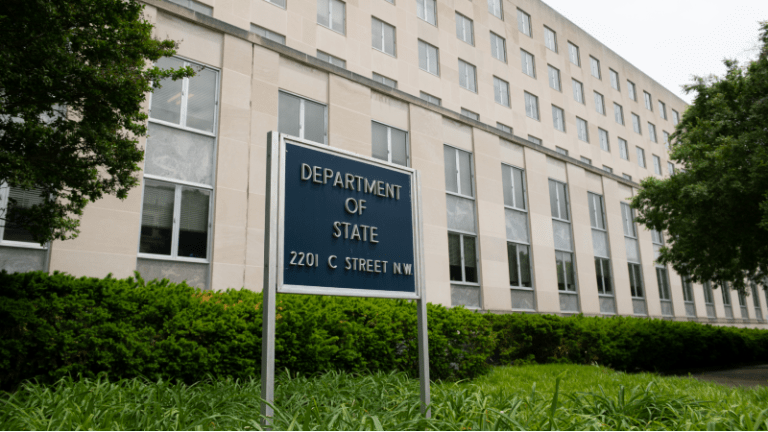
EDITOR’S NOTE: Connie Veillette, director of the Center for Global Development’s Rethinking U.S. Foreign Assistance initiative, commends the draft Quadrennial Diplomacy and Development Review report for its emphasis on rebuilding the U.S. Agency for International Development and putting the agency at the helm of new development initiatives. But she questions the draft QDDR’s endorsement of having U.S. domestic agencies engaged in international efforts and focusing U.S. investments on areas where the country has comparative advantage in.
With the unofficial release of a consultation document on the Quadrennial Diplomacy and Development Review (QDDR), we now have further indications of what will be in the final version scheduled for official release in December. Until we see the final product, it is difficult to know if some of the laudable rhetoric surrounding the role of development and USAID will be matched by the concrete steps needed to turn it into reality. As they say, the devil is in the details.
I like the emphasis on finding greater efficiencies, rebuilding USAID, and putting USAID in charge of new initiatives, but the jury is still out on whether the document will go far enough or how much of this will be implemented. It is also clear that even after nearly 18 months in the making, some difficult decisions are being punted for more study. Even so, there are numerous points worthy of applause, and an equal number that are areas of concern.
Here’s what I like, together with some related concerns:
Commitment to Reform. A commitment to “right-size and institutionalize reform” indicates a drive toward efficiency and matching the right resources with challenges. Does institutionalizing reform signal a move toward writing new legislation as a framework for development and diplomacy? If not, will many of these changes survive into a new administration or even under a different Secretary of State?
The Two Ds in Action. The document states that “diplomacy and development must be mutually reinforcing.” This assertion sounds a whole lot better than previous statements supporting the “integration” of diplomacy and development. But, I am still left wondering if this adequately recognizes the distinctiveness between the two disciplines, each with their own timelines and rhythms.
Personnel. The commitment to continue rebuilding personnel, through USAID’s Development Leadership Initiative, recognizing the unique role of Foreign Service Nationals to development work, and providing both diplomats and development experts with the tools they need to accomplish their missions is welcome news.
New Development Initiatives. I applaud the decision to put USAID in charge of the Global Hunger and Food Security Initiative and eventually the Global Health Initiative. Food security and health are core development functions that need to be led by a development, rather than a diplomatic, agency. What does this mean for the idea of appointing a Global Food Security Coordinator? Will the Global AIDS Coordinator position, currently at State, be moved over to USAID?
Joint Strategies. Prioritizing joint State and USAID strategic planning here and in the field will help to achieve complementarity between diplomacy and development. It will also serve as useful exercises for Chiefs of Missions to fully appreciate all the various aspects of civilian power.
Here are some issues that give me discomfort, either outright or for what they may imply:
Whole of Government. The document accepts, perhaps even embraces, the whole-of-government approach without any apparent questioning of its appropriateness. Do its benefits (access to a wider range of expertise) outweigh its dangers (the difficulty of achieving effective coordination here and in the field)? If such a discussion occurred and the decision was made that WoG is better than consolidation, then where is the framework that would guide determining which agencies should be doing what activities and under what circumstances? And, what agency will be guiding the interagency process?
Role of Domestic Agencies. Similarly, the endorsement of having U.S. domestic agencies engaged in international activities poses serious consequences for policy sustainability. All domestic agencies are heavily influenced by their own domestic constituencies. When those agencies take on international missions, it means that domestic constituencies, often with rather limited interests, can drive the purpose of international activities to serve domestic purposes. One has only to look at U.S. food aid programs to understand how their design serves the interests of U.S. farmers and shippers with the consequence that food aid is more costly and less responsive than it needs to be.
Focus on Comparative Advantage. The intent is to “concentrate programming by focusing investments in areas in which we have a comparative advantage.” I’m all for focusing on what we do well, but these areas (Sustainable Economic Growth, Democracy and Governance, Food Security, Global Health, Climate Change, and Humanitarian Assistance) strike me as broad objectives and leave me to wonder what are the areas in which we will be decreasing our investments.
Chiefs of Mission as CEOs. The concept of empowering chiefs of missions as CEOs sounds good, but because the overwhelming majority of those CEOs come from State’s diplomatic ranks, there will have to be a cultural rethinking on their part to fully appreciate the contributions of development.
Crisis Response. The initial delegation of responsibilities in response to crises is precarious. The punted decision on where USAID’s Office of Transition Initiatives will reside indicates that many of these decisions are still evolving.
Re-published with permission by the Center for Global Development. Visit the original article.




